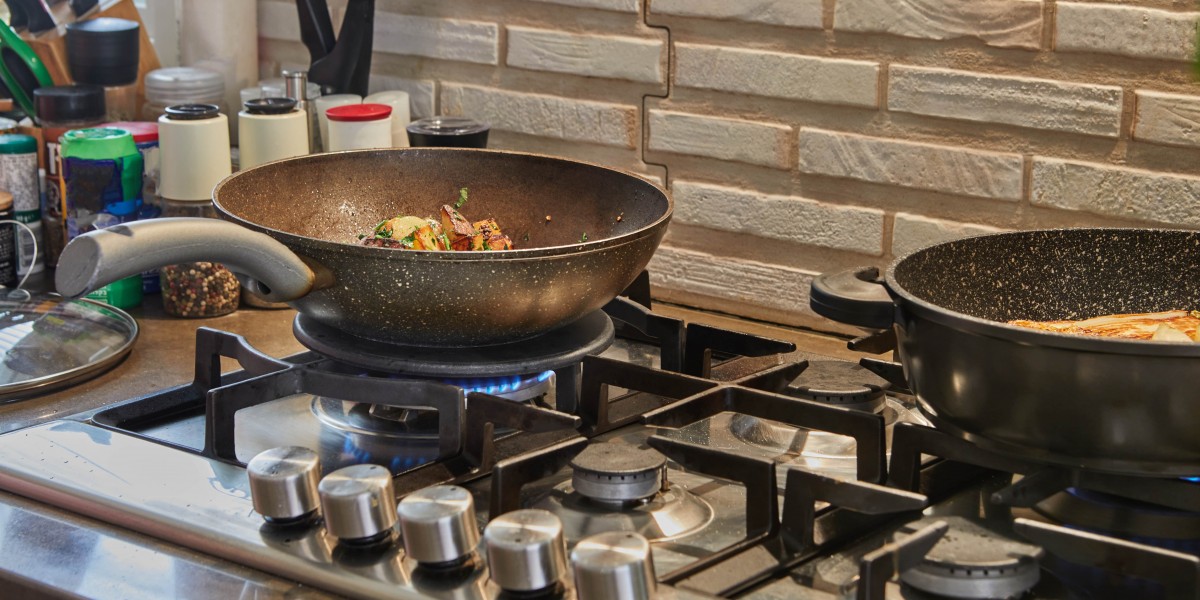
The Ultimate Guide to Built-In Electric Ovens: Features, Benefits, and Buying Tips
Intro
As cooking practices progress and kitchen styles become more advanced, built-in electric ovens provide a blend of practicality and sophistication for contemporary homes. These ovens are developed to supply a seamless integration into kitchen cabinetry, enhancing both performance and aesthetic appeals. In this post, we will check out the various functions and advantages of built-in electric ovens, alongside essential factors to consider for prospective purchasers.
Understanding Built-In Electric Ovens
built in oven uk-in electric ovens are set up straight into your kitchen cabinetry, maximizing counter area and lending a structured look to the cooking location. They are available in numerous sizes, styles, and performances to suit different cooking requirements and kitchen designs.
Types of Built-In Electric Ovens
There are numerous types of built-in electric ovens, categorized based on their functionality and style:
- Single Ovens: A common option for families, offering adequate cooking space.
- Double Ovens: Ideal for those who prepare in larger amounts, permitting synchronised cooking at different temperature levels.
- Wall Ovens: Installed at eye-level, making them more accessible than traditional ovens.
- Mix bulit-in ovens: These units integrate regular baking with convection or microwave functions, adding flexibility to cooking alternatives.
| Type | Description | Ideal For |
|---|---|---|
| Single Oven | One cooking cavity | Small households or individuals |
| Double Oven | 2 separate cooking cavities | Large families or passionate cooks |
| Wall Oven | Installed at eye-level | Ease of access and style |
| Mix Oven | Provides multiple cooking approaches | Adaptability in cooking |
Key Features of Built-In Electric Ovens
Built-in electric ovens come packed with functions designed to improve the cooking experience. Here are some typical credit to think about:
Convection Cooking: Many contemporary electric ovens included a convection alternative, which circulates hot air for even cooking and much faster baking.
Smart Technology: Integration with wise home systems enables users to control their oven from another location through mobile phones.
Self-Cleaning Options: Self-cleaning modes burn food residues, making it simple to preserve hygiene without comprehensive scrubbing.
Variable Temperature Controls: Adjustable temperature level settings for accurate cooking, suitable for baking fragile pastries or roasting meats.
Interior Lighting: Bright illumination inside the oven aids in monitoring food without opening the door.
Durable Materials: High-quality products, such as Russell Hobbs 60cm Stainless Steel Electric Oven steel or ceramic interiors, improve toughness and ease of cleaning.
Benefits of Built-In Electric Ovens
Space Efficiency: By incorporating the oven Technology into kitchen cabinetry, house owners can optimize kitchen space for other appliances and storage.
Aesthetic Appeal: Built-in designs contribute to a stylish kitchen style, supplying a clean, minimalist look.
Increased Accessibility: Wall-mounted ovens get rid of the requirement for bending down, providing much easier access for users of all ages.
Versatility: With numerous settings and functions, electric ovens accommodate various cooking designs and choices.
Precision Cooking: Electric ovens tend to use more precise temperature level control compared to gas designs, guaranteeing consistent cooking outcomes.
Contrast of Built-In Electric Ovens
Selecting the best built-in electric oven can be frustrating due to the variety of alternatives available. Here's a brief comparison table of some popular brands:
| Brand | Model | Capacity | Unique Features | Price Range |
|---|---|---|---|---|
| Whirlpool | WOS51EC0HS | 5.0 cu ft | Smart technology, self-cleaning | ₤ 1,200 - ₤ 1,500 |
| Samsung | NV51K6750CG | 5.8 cu feet | Dual convection, Wi-Fi connectivity | ₤ 1,400 - ₤ 2,000 |
| Bosch | HBL8453UC | 4.6 cu feet | European style, several cooking modes | ₤ 1,500 - ₤ 2,500 |
| KitchenAid | KBSN608ESS | 6.4 cu feet | Sleek style, temperature level probe | ₤ 1,800 - ₤ 2,400 |
| LG | LWS3063ST | 6.3 cu feet | SmartThinQ technology, convection | ₤ 1,400 - ₤ 2,100 |
Frequently Asked Questions (FAQs)
1. What is the typical lifespan of a built-in electric oven?
Built-in electric ovens usually have a life-span of around 13 to 15 years, depending on usage and upkeep.
2. How do I preserve my NEFF N50 Built-in Oven with Circotherm Technology electric oven?
Routine cleansing, avoiding severe chemicals, and ensuring appropriate ventilation during cooking will assist maintain your oven's performance.
3. Are built-in electric ovens energy effective?
Yes, the majority of built-in electric ovens are designed to be energy-efficient, with functions that decrease energy usage while taking full advantage of cooking efficiency.
4. Can I install a built-in electric oven myself?
It is recommended to hire a professional plumber or electrical expert for installation, as appropriate electrical connections are crucial for security.
5. What are the typical sizes for built-in electric ovens?
Standard sizes usually range from 24 inches to 30 inches broad, though customized alternatives might be readily available.
Built-in electric ovens have ended up being a popular option for homeowners wanting to enhance their kitchen's performance and design. With a variety of options, functions, and innovation readily available, investing in a built-in electric oven can elevate the cooking experience while adding worth to your home. When choosing the best design, consider your cooking needs, overall kitchen style, and budget plan to ensure that your option serves as a smooth and elegant addition to your cooking area.






